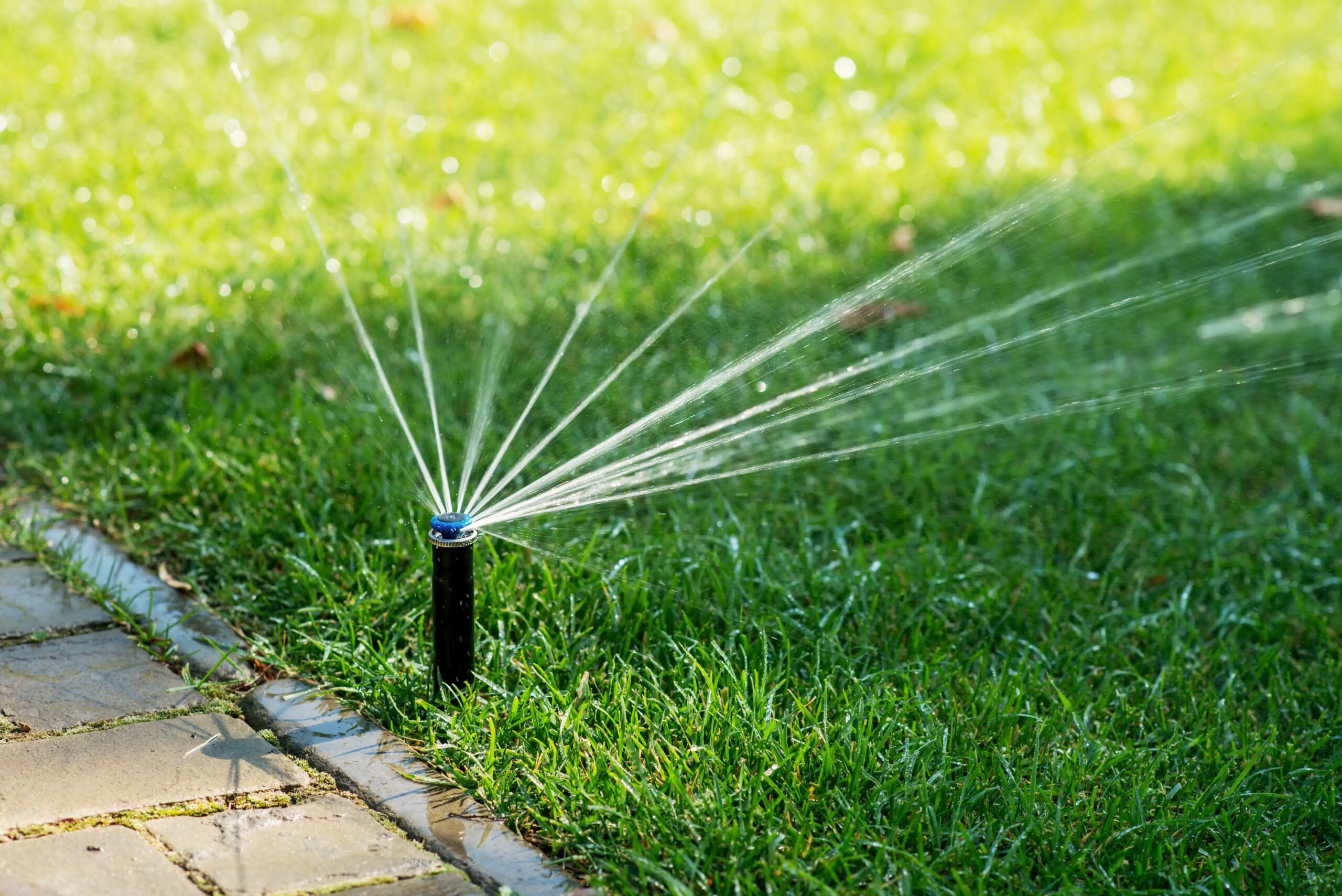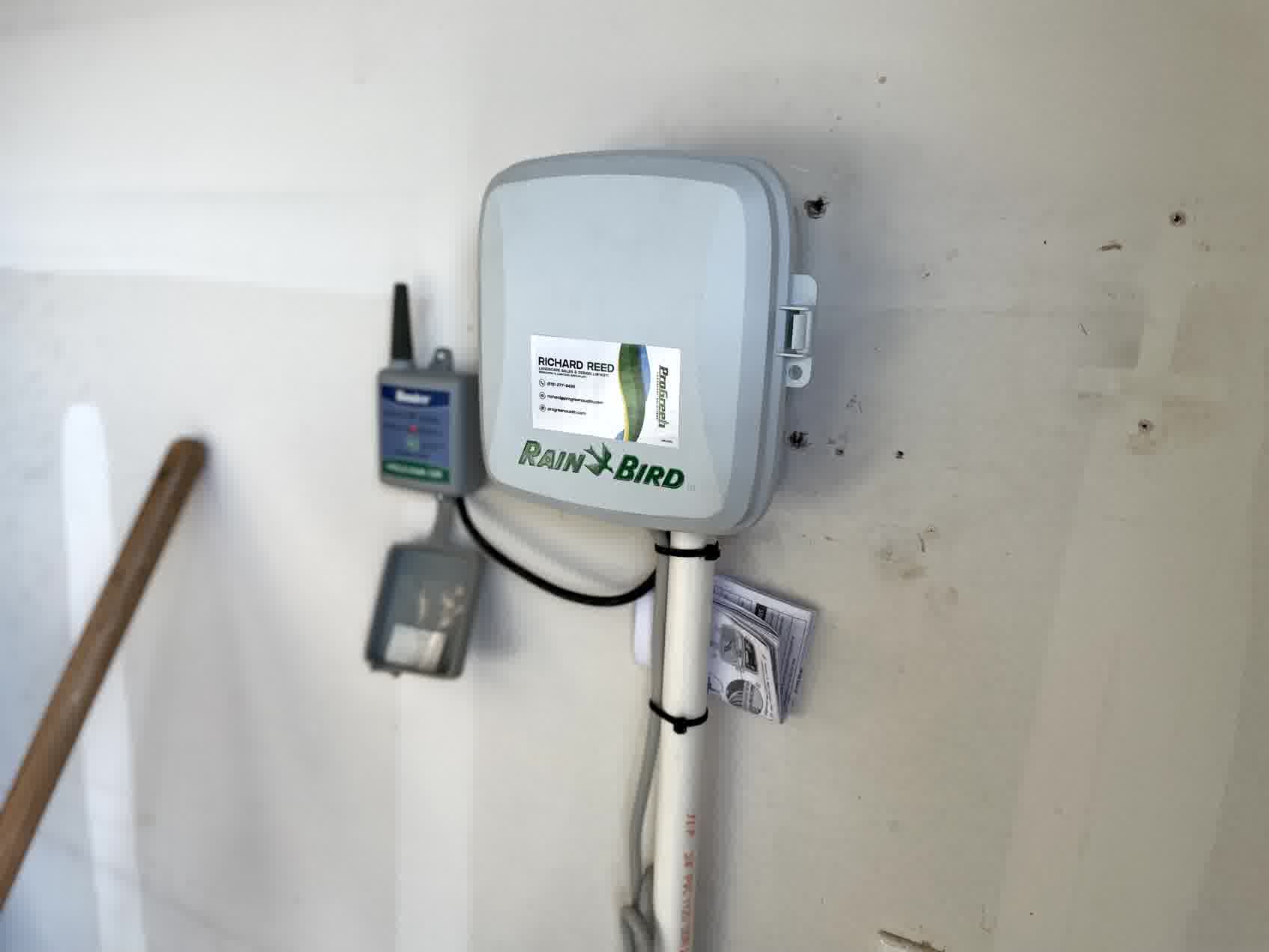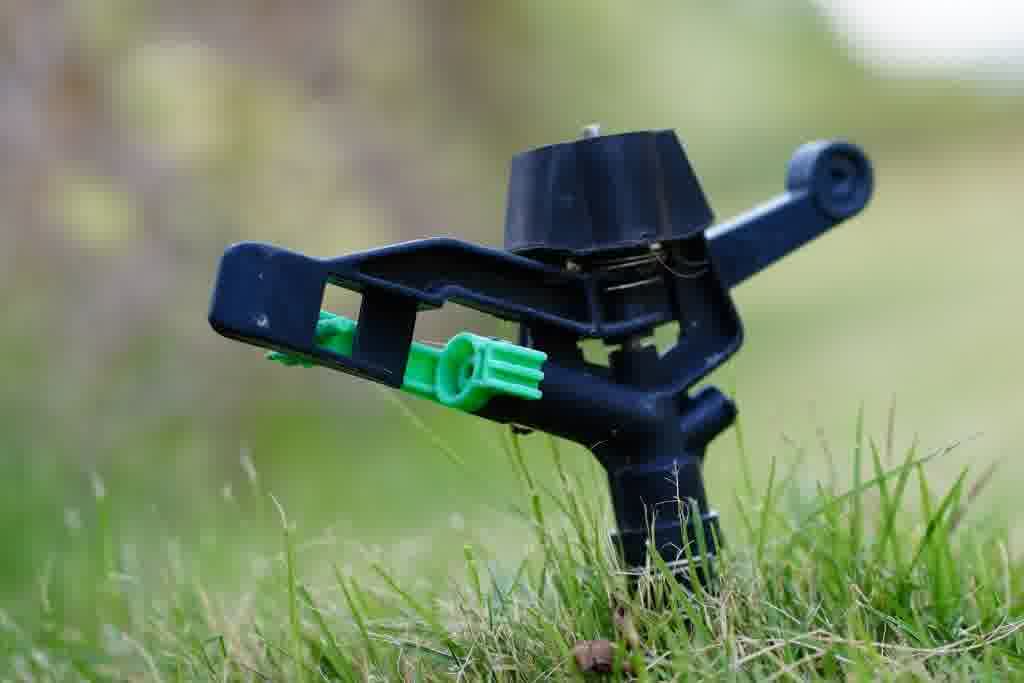Irrigation Controller Purpose & Appearance | A Friendly Guide
Introduction:
If you have a sprinkler system but are unsure what the box on the wall does, you are not alone. The irrigation controller is the brain of the operation, quietly running and keeping plant watering on schedule so they can receive water when they need it. In Dallas TX, that little hub matters a lot as seasons shift and your yard requires different amounts of water.
How An Irrigation Controller Guides Your System With Purpose
How Scheduling Connects Each Zone To The Right Irrigation Valve
An irrigation controller sends low-voltage signals that tell each irrigation valve when to open, how long to stay open, and when to close. Think of zones like rooms in a house, and the controller as the light switch panel. You choose which room to turn on, for how long, and in what order. The wiring behind the scenes includes a common wire and individual station wires that run from the controller to each valve’s solenoid.
When the program instructs Zone 1 to run, the station wire energizes the solenoid, the valve opens, and water flows to the sprinklers in that area. That timing is the whole purpose. Instead of watering the entire yard at once, the controller breaks watering into manageable pieces, allowing the system to maintain pressure and deliver water evenly.
You can set start times, run times, and days of the week. Many models also include a seasonal adjustment, so you adjust the schedule during a dry spell and taper it down when the weather cools. If you ever wonder why one side of the yard waters while another rests, the irrigation controller made that call for you intentionally.
Sensors, Smart Tweaks, And Everyday Use Without The Jargon
Modern controllers are simple to live with once you understand the core buttons. Most have a dial or soft keys for setting date and time, selecting a program, and adjusting station durations. Rain sensors or soil moisture sensors can be connected so the controller automatically skips cycles after a storm. That way, you are not watering puddles. Some units connect to Wi‑Fi and adjust for local weather, but even basic models handle the essentials reliably when set up carefully.
Daily interaction should feel easy. If you want to run a quick manual cycle to test a zone or rinse dust after mowing, the manual start button gets you there. If the neighborhood is under watering restrictions, you can switch to odd or even days or reduce run times across the board using the seasonal adjust setting. You can even perform irrigation winterization effectively. No technical degree required! A few confident tweaks from time to time help keep your schedule aligned with what your lawn and beds actually need.

What An Irrigation Controller Looks Like Indoors And Outdoors
Indoor Controller Appearance And Layout
Indoor controllers are typically located in a garage, utility room, or mudroom. You will recognize a compact, wall-mounted box with a front panel that either swings open or remains fixed, and it features a simple faceplate. A small LCD or LED display shows the time and program information. You will see a dial or a row of labeled buttons for settings like Start Times, Run Times, and Manual Start. Most indoor units include a backup battery compartment, ensuring the date and time do not disappear during a brief power outage. Open the front panel, and you may notice a terminal strip with tiny screws labeled ‘COM’ and numbers that correspond to your zones. That is where the station wires land. Often, there is also a place marked ‘MV’ or ‘PUMP’ for a master valve or pump start relay, if your system uses one. The wiring looks tidy when done well, with small colored wires routed cleanly. If there is a dangling wire or corrosion on the terminals, an irrigation inspection would be a good idea before the next season begins.
Outdoor Controller Enclosures And Hardware
Outdoor controllers sit in weather-resistant cabinets. Expect a sturdy, lockable door, a gasket to keep out wind-driven rain, and a larger housing than indoor versions. Many are gray or green to blend with the exterior. Behind the door, you will find similar controls, just with a more rugged layout. Some outdoor models include a built-in transformer, and you will see a conduit bringing power in, along with a separate conduit carrying the low-voltage wires out to each irrigation valve. The interface remains approachable. A clear screen, dial or menu buttons, and labels that match the instruction card inside the door. Outdoor controllers often have expansion slots to add more zones for future landscape updates. If the screen is faded, the buttons stick, or the door seal is cracked, these small signs can indicate inconsistent watering. Tightening up the enclosure and checking the wiring inside the cabinet can restore stability to the schedule without requiring the replacement of the entire unit.

Irrigation Controller Care During An Irrigation Inspection
Simple Checks A Homeowner Can Do Before An Appointment
A quick look at the controller takes only a few minutes and saves a lot of guesswork during an irrigation inspection. First, confirm the display shows the correct date and time. If it drifted during a power blip, the watering windows may have shifted into the middle of the day. Next, glance at the program letter on the screen. Many controllers offer A, B, or C programs, and it is surprisingly easy to assign zones to the wrong program without noticing, which can result in odd watering patterns. Then step outside while a single station runs. Watch the sprinklers and listen for the click at the controller as the next station starts. That gentle handoff tells you the wiring is communicating with each irrigation valve correctly. If a zone never starts or never stops, make a note. Jot down any error messages displayed and bring those details to the visit. That small prep helps the technician move straight to the root cause instead of hunting through settings first. It could lead to a sprinkler repair or something more serious. Either way, keeping notes of minor details will be very helpful.
When A Pro Fine-Tunes The Controller During An Irrigation Inspection
During a professional visit, the technician will verify the voltage output, test the continuity of the common wire, and adjust the programming to match your plant mix and soil type. Clay soils, common in the Dallas TX area, require thoughtful watering schedules with cycles and soaks to prevent runoff. The pro will map each station to its physical area so the controller screen accurately reflects the situation. If the label indicates ‘Front Beds’, the heads in the front beds should be the ones spraying, and the wiring will be corrected if there is a mismatch. If there is a stubborn zone, the next step is to trace the signals from the controller to the irrigation valve serving that station. A solenoid that does not respond might be worn out, or the wire path may be damaged. The controller is innocent more often than folks expect. Once the wiring and valves are confirmed, the finishing touches are added to the controller again. Seasonal adjustments are set for the month, start times avoid peak heat, and the programs are saved, so the schedule remains stable after a simple power flicker.

Conclusion
If the irrigation controller seems mysterious, you don’t need to tackle it alone. A little clarity goes a long way, and your plants benefit quickly when the schedule aligns with real-world conditions.
Progreen Landscape Solutions can walk your system, confirm wiring to each irrigation valve, and tidy the programming so it works with your week rather than against it. Contact us when you are ready, share what you are seeing, and we’ll arrange an easy, no-pressure visit to help get your watering rhythm back in sync!

"*" indicates required fields

RACHEL, H

C.W.

GEORGE, T.

MARK, A.
SERVICE AREAS
Dallas
Fort Worth
Frisco
Irving
Arlington
Plano
Allen
University Park
Grand Prairie
Richardson
Preston Hollow
Highland Park
Lakewood
Farmers Branch
Balch Springs
Duncanville
Coppell
Grapevine
Vickery Meadow

